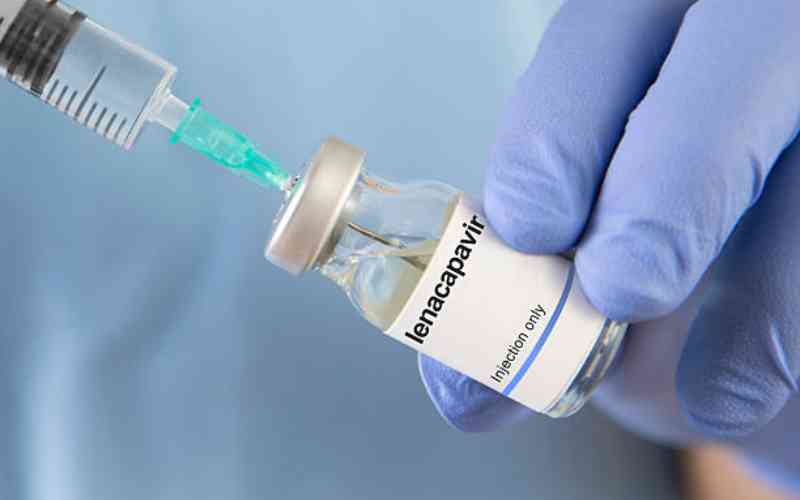
Say you fell down the stairs as you were leaving work. And at the local clinic, the nurse says they have to figure out if your limbs are broken. You think your arm for sure is, but the nurse says it could be just a fracture. And to truly ascertain, you need an X-ray and a radiologist to give the right diagnosis. Just great, you think, cradling your screaming limbs, because the nearest hospital with a radiologist is two counties away.
Reality is, Kenya boasts of only about 1,400 radiologists. A radiologist is a medical professional who diagnoses using imaging techniques like X-rays, scans and ultrasounds.
They are expected to meet the needs of a 47 million plus population. Majority of the radiologists are, however, located within Nairobi, forcing many patients across the country to make long journeys to access such services.
Enters the tele-radiology technology, a sophisticated equipment saving Kenyans the trouble of having to make such tedious journeys.
Tele-radiology, also known as computed radiography enables patients in a remote area to visit a diagnostic centre, where the X-ray images of the affected body parts are taken by trained technicians and via a sophisticated software known as the Picture Archiving and Communication System (PACS), the digital images are sent to radiologists seated at a bigger hospital for interpretation.
The radiologists then send back the diagnoses to doctors in the outpatient medical centres or diagnostic centres spread across the counties to initiate correct treatment to the patients.
Besides this obvious benefit, the technology helps eliminate manual handling of confidential data and reports. Typically, the radiologist would dictate what would be written in the report, which would then be taken manually to the physician.
This is usually time consuming and there is high possibility of loss of the examination data of the patient and unavailability of the same data for future reference. With the technology, the images and any other patient data can be stored securely in off-site servers and accessed from anywhere in the world using the PACS software, workstations even mobile devices. The digital access makes it convenient should one need information from the patient’s medical history. This prevents necessity of extra imaging services thus saving the patient’s time and money. This technology is only found at Aga Khan hospitals.
 The Standard Group Plc is a multi-media organization with investments in media
platforms spanning newspaper print
operations, television, radio broadcasting, digital and online services. The
Standard Group is recognized as a
leading multi-media house in Kenya with a key influence in matters of national
and international interest.
The Standard Group Plc is a multi-media organization with investments in media
platforms spanning newspaper print
operations, television, radio broadcasting, digital and online services. The
Standard Group is recognized as a
leading multi-media house in Kenya with a key influence in matters of national
and international interest.











